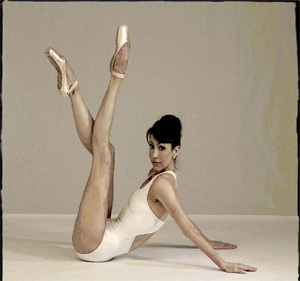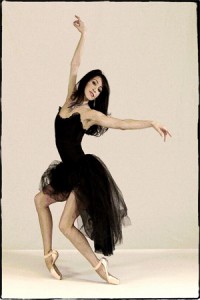Warts are a virus which infects the outer layer of the skin. They are considered opportunistic and will enter the skin via a small wound or under a callous or blister. Thick calloused tissue grows over the developing wart and is painful. The surrounding area may also feel swollen due to the immunological response of the skin, reacting to a “foreign body”. Warts may occur as a single lesion or may be clustered forming several warts.
Causes in dancers: [Read more…]







